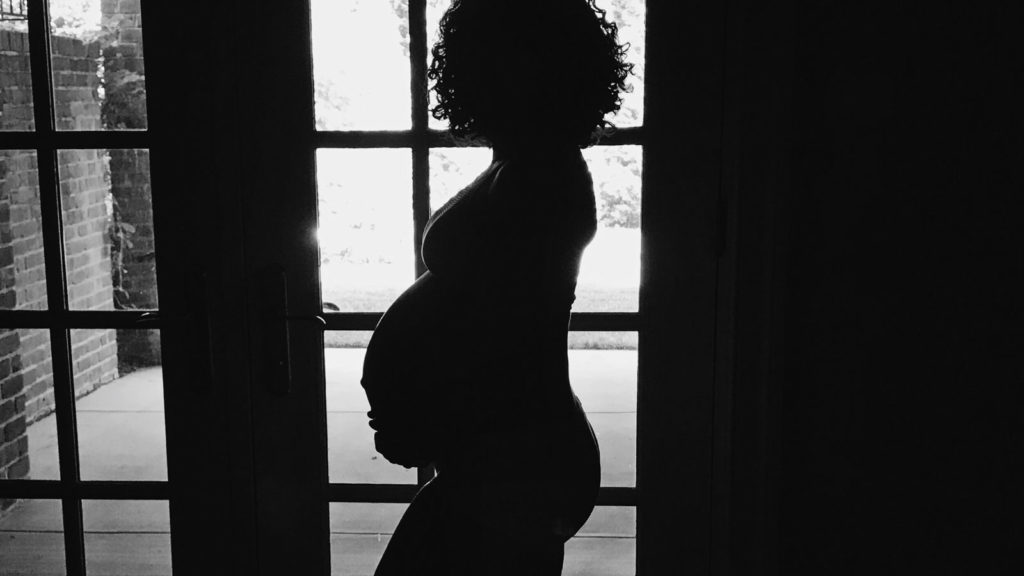

NCAA: More than Winning Games
The NCAA is no stranger to criticism. From controversies about whether or not to pay a salary to student-athletes, transfer rules, accusations of corruption, and managing over 100 lawsuits, the organization receives much negative press. Some of its strongest critics argue that the NCAA functions as a pro-sport entity that secures business deals which serve to boost administrators’ salaries versus to enhance the student-athlete experience. This is a fundamental critique given that the NCAA is “dedicated to the well-being and lifelong success of college athletes.” Yet in the face of such criticism the organization continues to stand stall with a network that includes 1,117 colleges and universities, 100 athletic conferences, and 40 affiliated sports organizations. Given these facts, I wanted to know if anything good exists at the NCAA. To learn more, I had the opportunity to speak with Tim Lewis, Associate Director of Engagement and Strategic Partnerships at the NCAA.
Lewis’s role is to build and maintain relationships with members as well as those in the pre-enrollment space to educate prospective student-athletes on initial eligibility issues and what to expect as a student-athlete. Lewis was quick and candid to admit that there is always room for improvement throughout the NCAA network. He states that a key factor to this improvement lies in increasing diversity, particularly among coaches and administrators. For example, ethnic minority females comprise less than 7% of the population of athletics professionals at NCAA member institutions in all three divisions.
By opening space for women and people of color in athletic director, senior leadership, and head coaching roles, two things will happen. First, such diversity will enable student-athletes of all backgrounds to believe that they, too, can one day serve in leadership positions. Second, increased diversity would deepen the level of understanding from which the NCAA can underpin their work. Data from 2016-17 shows that approximately 60% of the male student-athlete population is spread out amongst African Americans (44%), American Indians/Alaskan Natives (0.3%), Asians (0.6%), Hispanic/Latinos (2.9%), Native Hawaiians/Pacific Islander (0.1%), Two or More Races (4.1%), and Nonresident Aliens (4.2%). Similarly, approximately 48% of the female student-athlete population is African American (31.5%), American Indian/Alaskan Native (0.5%), Asian (1.3%), Hispanic/Latino (3.5%), Native Hawaiian/Pacific Islander (0.3%), Two or More Races (5.0%), and Nonresident Alien (3.2%). While these figures demonstrate an almost equal split between whites and non-whites in both genders, a strong enough case exists to point to the need for a diverse NCAA leadership that has the right background and set of experiences to understand its clients – the athletes.
Lewis was a collegiate basketball player who also had the opportunity to pursue a quality education; having someone who not only cared about his future but understood his background, culture, and his dreams was significant to his success at that time, a time which he believes to be “a special moment in a young athlete’s life.”
A deep understanding of the communities and cultures in which prospective student-athletes are raised is even more paramount given that most of the athletes are between 18-22 years of age, “with a lot of pressure to perform.” Many of the ‘off the court’ relationships developed with these students, their parents/guardians/other family members are the reason that in some cases eligibility issues were identified and resolved ahead of time. This meant that the athletes maintained the opportunity to stay on track to play college athletics.
Caring for each student-athlete’s performance on the court has to be coupled with caring for their well-being off the court. This is an area within the NCAA that Lewis finds to be a strength. Student-athletes are equipped with the best possible resources including coaches, athletic administrators, medical staff, quality academic advisors, scholarships, and other financial resources in order to maximize their opportunity to achieve both a quality academic and athletic experience. As of late, student-athletes will have more support – the ability to transfer without permission from their current school. Time will tell how this newly minted rule will play out, but for now it provides student-athletes with decision-making power that previously did not exist.
Lewis believes that the collaborative, proactive, relationship-building aspects of the work conducted by the NCAA – the ones that enable students to play the sport they love beyond high school – is what fails to get into mainstream media. Of course, we cannot excuse the NCAA for any issue simply because the athletes are getting a quality education in return. But from time to time, we do need to sit back and look at what is good. While the NCAA is not perfect, their focus on relationship-building with the broader community of their student-athletes is right on.





